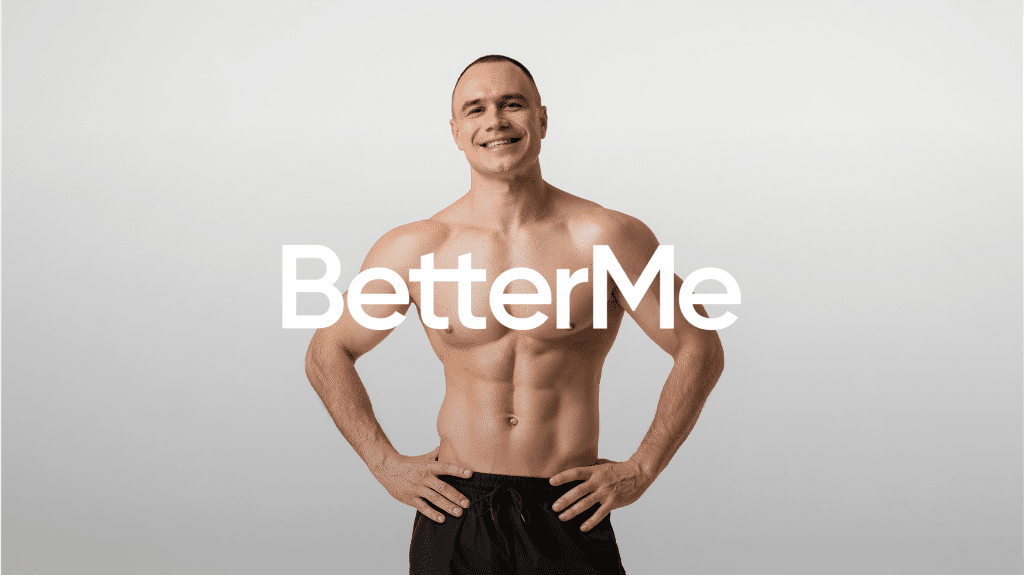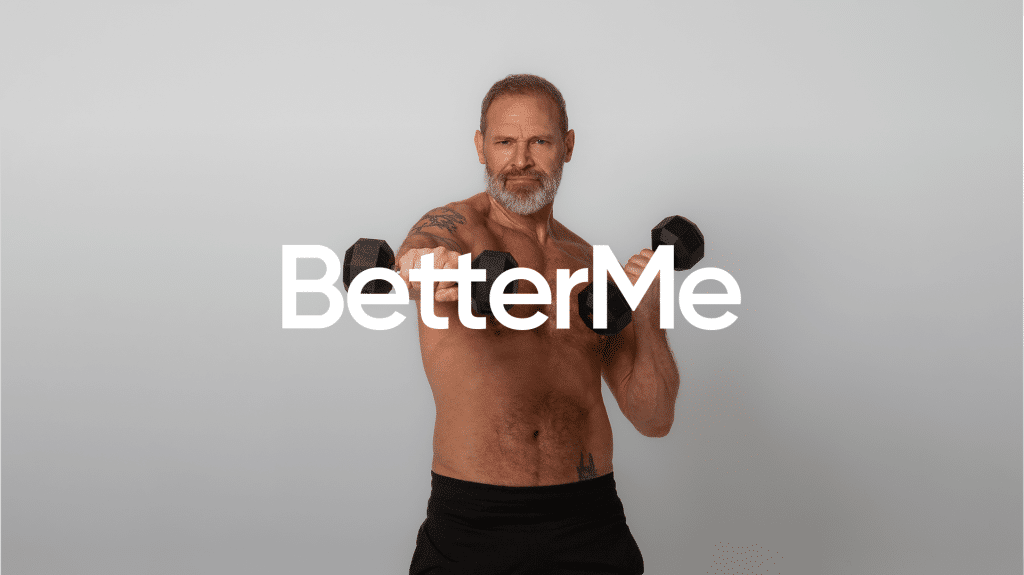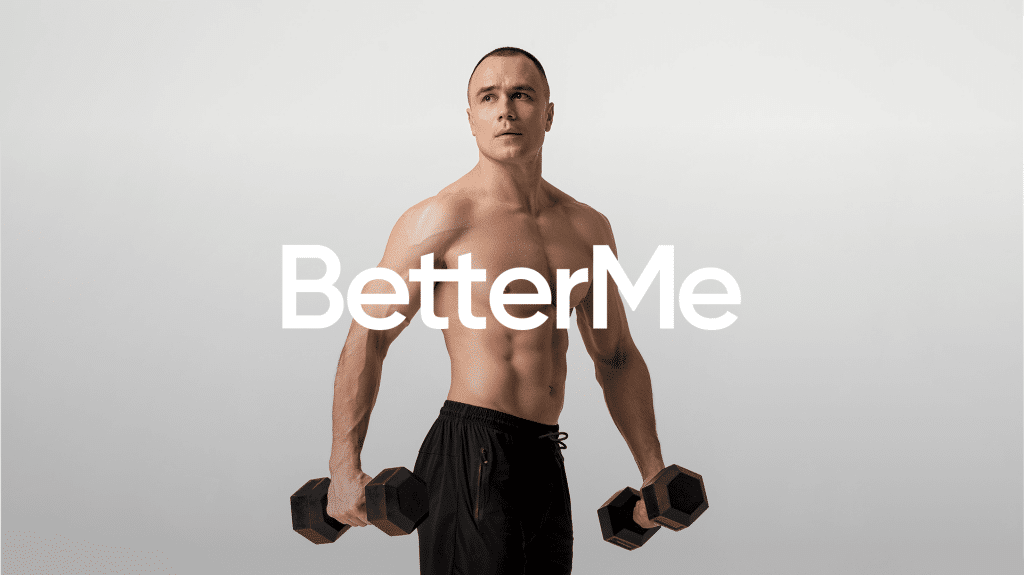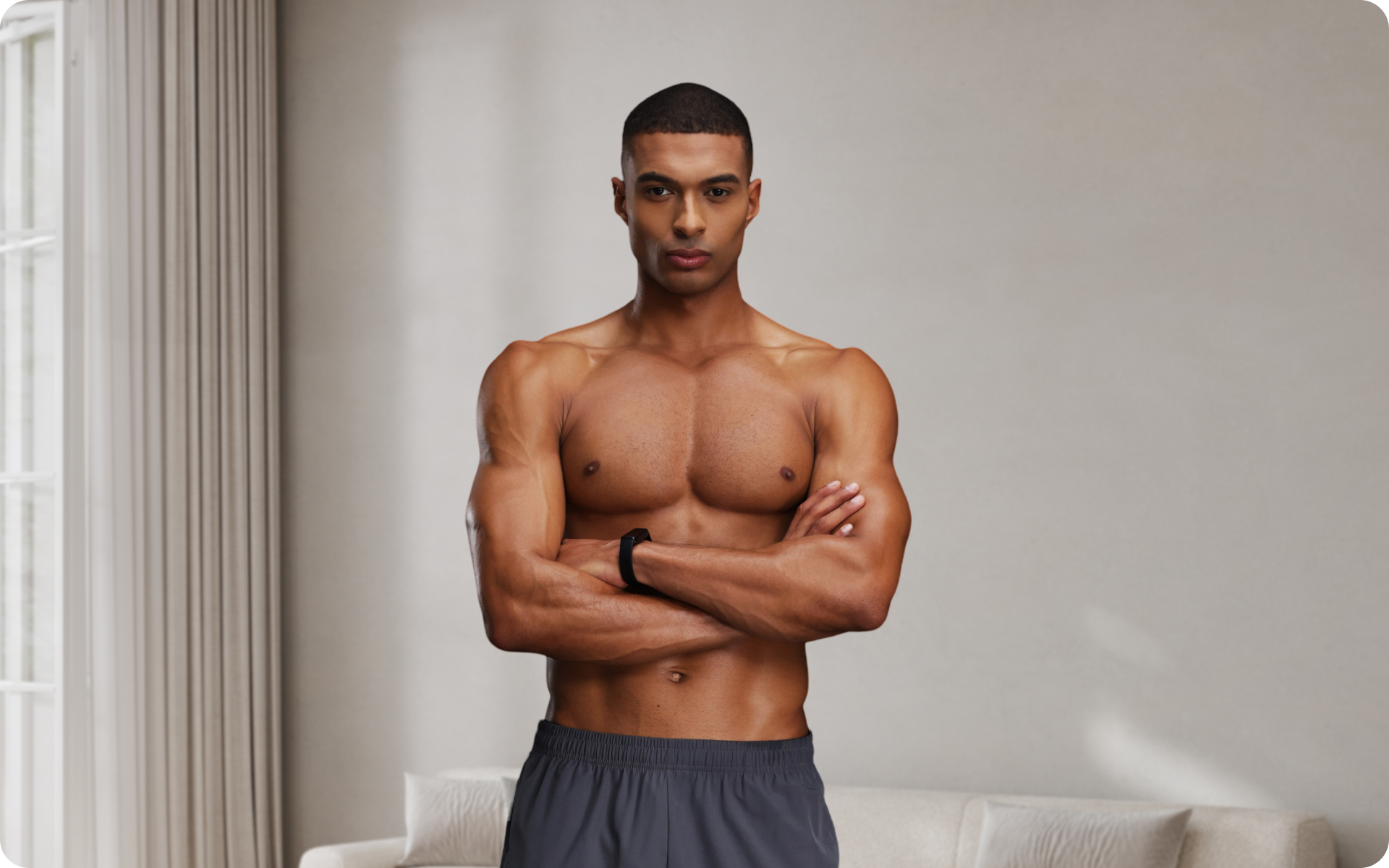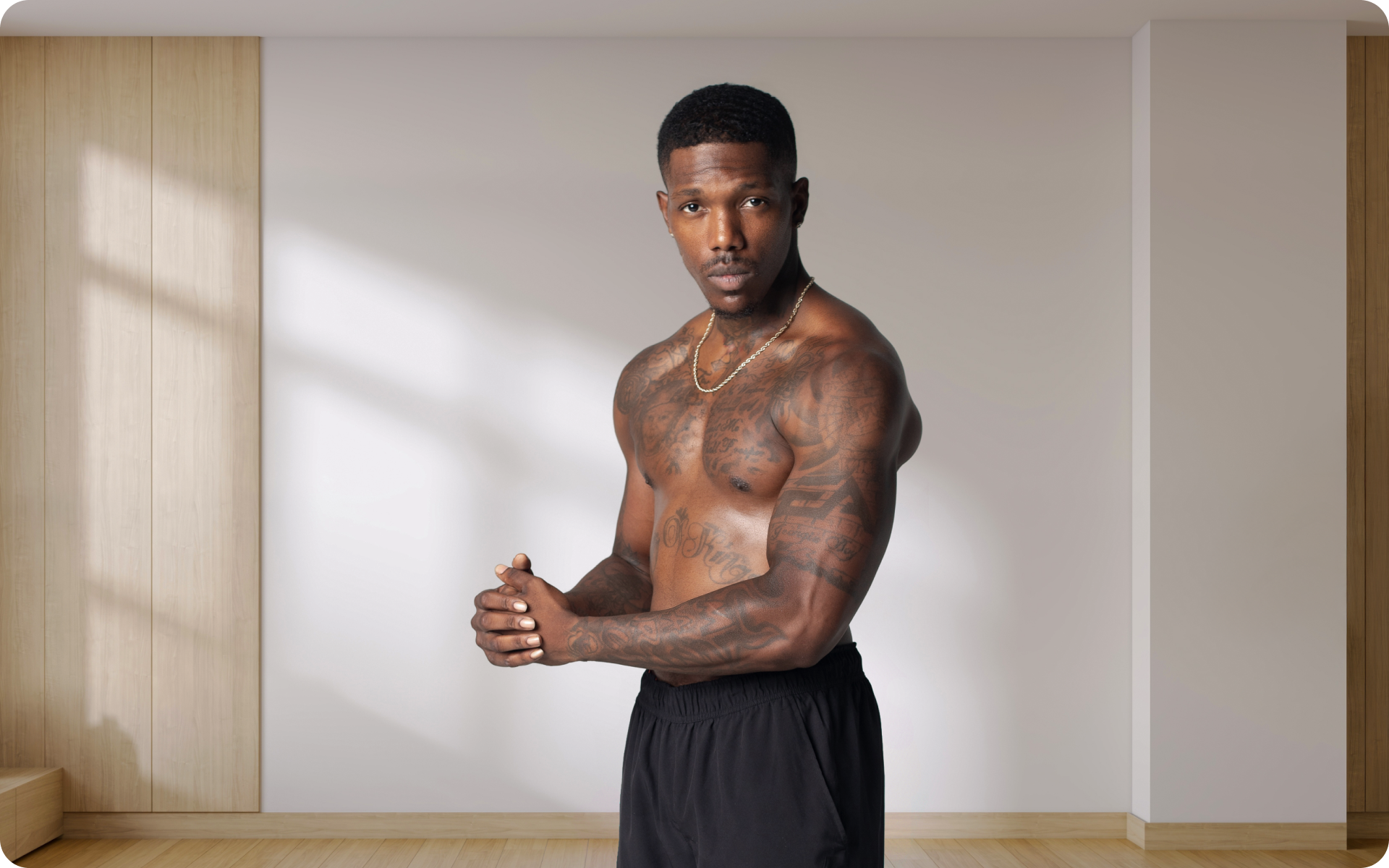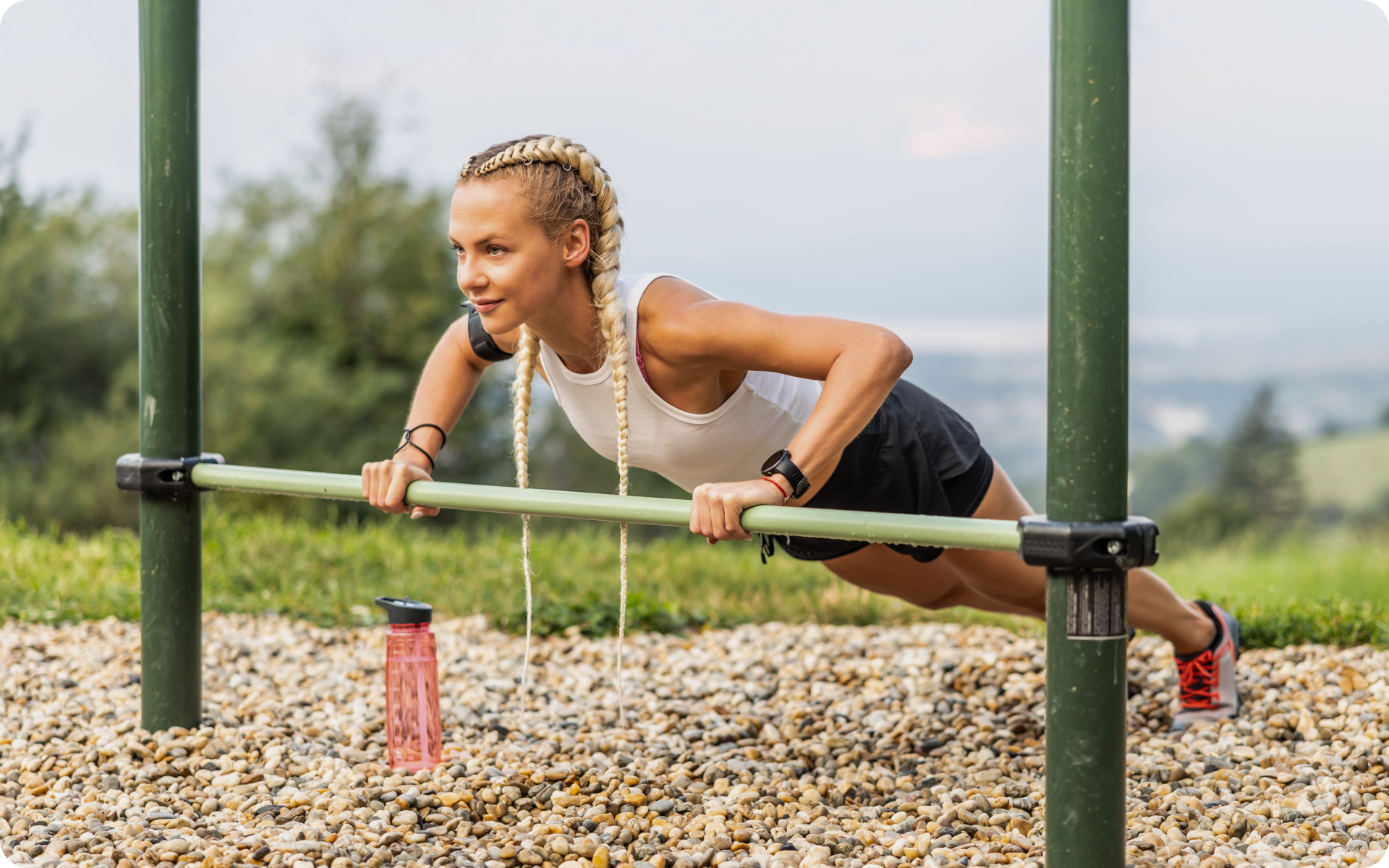You’ve probably heard good things about calisthenics, and it’s no surprise why. This form of exercise, which relies solely on body weight for resistance, offers numerous benefits such as improved strength, flexibility, and endurance. It’s a versatile workout that can be done anywhere, anytime, making it a favorite among fitness enthusiasts. But if you’re new to this, starting might seem intimidating. You might be wondering where to begin or how to execute the moves correctly. Fortunately, getting started with calisthenics doesn’t have to be complex. With a step-by-step approach you can ease into this workout routine and gradually build your strength and confidence. Here are seven simple steps to guide you in starting your calisthenics journey.
How Do Beginners Start Calisthenics?
Beginners need a solid calisthenics program to start with. While they can get by just fine without calisthenics equipment, they will need some kind of guidance. The following steps should help beginners start calisthenics at home:
Step 1 – Assess Your Fitness Level
Anyone who is interested in starting calisthenics, regardless of their current fitness level, should begin by assessing their physical condition. This applies to beginners who are new to exercise, individuals transitioning from different workout routines, and even seasoned athletes who want to try calisthenics.
The assessment should be done before you start your calisthenics program. It serves as a baseline that allows you to track your progress as you advance in your routine. Additionally, it’s advisable to reassess your fitness level periodically throughout your journey to adjust your program as needed.
Understanding your current fitness level is crucial for several reasons:
Goal Setting
Knowing your current fitness level helps you set realistic and achievable goals for your calisthenics journey. It provides a clear starting point from which you can measure progress.
Personalized Workout Plan
Understanding your physical strengths and weaknesses enables you to tailor your workout plan to suit your needs. This ensures that the exercises you choose are both challenging and doable, promoting steady progress without overexertion.
Injury Prevention
By identifying your physical limits you can avoid pushing yourself too hard too soon, which could lead to injuries. It’s important to gradually increase the intensity and difficulty in your workouts as your fitness level improves.
Progress Tracking
Regularly reassessing your fitness level allows you to track your progress effectively. You can make necessary adjustments to your routine based on improvements or challenges observed in these assessments.
Motivation
Seeing tangible progress in your fitness level can serve as a powerful motivator. It encourages you to stick with your workout routine and strive for continuous improvement.
Read More: Calisthenics Exercises For Any Fitness Level To Maximize Fitness And Full-Body Training
Here’s how you can assess your fitness level:
Cardiovascular Endurance
Choose a form of cardio that you enjoy, such as walking, running, or cycling. Start at a moderate pace and gradually increase your speed until you’re working hard but can still speak in short sentences (2). See how long you can maintain this pace.
Muscular Strength
Choose a couple of bodyweight exercises like push-ups or squats. Warm up properly, then see how many repetitions you can perform before your muscles fatigue. Remember to maintain good form throughout (2).
Flexibility
Start with simple stretches, such as reaching for your toes while keeping your legs straight or pulling your heel towards your buttock to stretch your quads. Hold each stretch for 30 seconds and note the ease or difficulty you have reaching and maintaining the stretch (2).
Balance
Stand on one foot and time how long you can hold the position without needing to put the other foot down. Try this with your eyes closed for an extra challenge.
Body Composition
While scales that measure body fat percentage can be used, they might not always be accurate. Another way to gauge body composition is by taking body measurements, such as waist circumference, and tracking any changes over time.
Step 2: Setting Goals
Goal setting involves defining what you want to achieve with your calisthenics routine. These goals can be related to strength, flexibility, endurance, body composition, or even specific skills you want to learn, like doing a handstand or pull-up.
Ideally, goals should be set after you’ve assessed your fitness level (Step 1) and before you start your workouts. Your goals will serve as a roadmap for your exercise routine, guiding what exercises you choose and how often you perform them.
The key is to set specific, measurable, attainable, relevant, and time-bound (SMART) goals that align with your overall fitness objectives:
Be Specific
Instead of vague goals like “get stronger” or “be more flexible,” aim for specific objectives such as “do 10 consecutive push-ups” or “hold a 60-second plank.” This makes it easier to track your progress.
Make It Measurable
Ensure your goals can be quantified. For instance, instead of saying “I want to lose weight,” say “I want to lose 10 pounds.” This allows you to measure your progress accurately.
Ensure It’s Attainable
Your goals should be challenging but realistic. Setting unattainable goals can lead to discouragement and loss of motivation. Use the information from your fitness assessment to set achievable goals.
Relevance
Your goals should be relevant to your overall fitness objectives. If your aim is to improve strength, focus on strength-related goals. If it’s flexibility, make sure your goals reflect that.
Time-Bound
Set a timeline for when you want to achieve your goals. This creates a sense of urgency and can motivate you to stick to your routine.
If you wish to free yourself from all the extra pounds that have been weighting you down for way too long, start using the BetterMe app and overhaul your entire life!
Step 3: Develop A Workout Plan
- Choose Exercises
- Decide Frequency
- Plan Sets And Reps
- Schedule Rest Intervals
- Include Progression
A well-structured workout plan is a vital tool in your calisthenics journey. It provides structure, promotes consistency, ensures balanced training, enables progression, and allows for recovery.
By carefully selecting your exercises, determining your workout frequency, planning your sets, reps, and rest intervals, and including progression in your plan, you can effectively work towards your fitness goals and see tangible improvements.
Here’s how to develop your calisthenics workout plan:
Choose Exercises
Based on your goals, choose exercises that target the areas you want to improve. For overall strength and conditioning, include a mix of push, pull, and leg exercises, as well as core and flexibility workouts.
Decide Frequency
Determine how many days a week you’ll exercise. For beginners, three days a week can be a good start. As you get stronger, you can increase this frequency.
Plan Sets And Reps
Decide how many sets and repetitions of each exercise you’ll perform. Start with what you can handle based on your fitness assessment, and plan to gradually increase this over time.
Schedule Rest Intervals
Plan short rest periods between sets and longer rests between different exercises. Also, make sure you have full rest days in your weekly schedule for recovery.
Include Progression
Plan to gradually increase the difficulty of your workouts over time. This could mean adding more reps, reducing rest time, or advancing to more challenging variations of exercises.
Here’s a simple beginner calisthenics workout plan to get you started. This plan is designed for three days a week, with at least one rest day between workout days.
Calisthenics Workout Plan Example
Day 1:
- Warm-up: 5-10 minutes of light cardio (e.g., brisk walking or jogging)
- Push-ups: 2 sets of 5-10 reps ensuring you perform them with good form. You can do these on your knees, or toes.
- Squats: 3 sets of 10-15 reps
- Plank: Hold for 30 seconds or less if 30s is too long, rest for 30 seconds, repeat 3 times
- Cool down: 5-10 minutes of stretching
Day 2: Rest
Day 3:
- Warm-up: 5-10 minutes of light cardio
- Lunges: 2 sets of 10 reps on each leg
- Chair Dips: 2 sets of 10 reps making sure to maintain good form
- Lying Leg Raises: 2 sets of 10-15 reps
- Cool down: 5-10 minutes of stretching
Day 4: Rest
Read More: Calisthenics Workout App: The Ultimate Bodyweight Training Companion
Day 5:
- Warm-up: 5-10 minutes of light cardio
- Step-ups: 2 sets of 10 reps on each leg
- Wall Push-ups: 2 sets of 10 reps ensuring you perform them with good form
- Glute Bridge: 2 sets of 10-15 reps
- Cool down: 5-10 minutes of stretching
Day 6 & 7: Rest
Remember to always listen to your body. If you need more rest between exercises or sets, feel free to take it. As you get stronger, increase the number of reps or sets, decrease rest time, or progress to more advanced variations of these exercises. Always prioritize form over quantity to prevent injuries and ensure effective workouts.
Step 4: Learn Proper Form And Technique
Proper form and technique should be learned before you start your workouts and continually refined as you progress in your fitness journey. It’s an ongoing process that evolves with your increasing strength, flexibility, and coordination.
Here’s why proper form and technique are critical:
Effectiveness
Correct form ensures that the target muscles are engaged effectively during each exercise, maximizing workout benefits.
Injury Prevention
Performing exercises with the wrong form can lead to strain or injuries. Correct technique helps prevent this risk.
Progression
With good form, you can safely increase the intensity of your workouts over time, promoting continuous improvement.
Breathing
Proper technique includes correct breathing, which aids performance and prevents unnecessary fatigue (1).
Longevity
Good form and technique enable you to maintain your fitness routine in the long term by keeping you healthy and injury-free.
Here’s how you can learn and maintain proper form and technique:
Educate Yourself
Use reliable resources like fitness books, reputable online articles, or instructional videos to understand how each exercise should be performed.
Practice
Start with basic exercises and focus on mastering the form before progressing to more challenging variations. Practice makes perfect.
Mirror Check
If possible, perform exercises in front of a mirror so you can observe your form in real-time and make necessary adjustments.
Record Yourself
Recording your workouts can help you spot any flaws in your technique that you may not notice while performing the exercise.
Get Professional Advice
Consider getting a few sessions with a certified personal trainer or a physical therapist who can guide you on proper form and technique.
Step 5: Start Your Workouts
While it may seem simple or obvious, the act of actually starting your workouts is often one of the biggest hurdles to overcome when embarking on a new fitness routine. It requires commitment, discipline, and a willingness to step out of your comfort zone.
But once you’ve taken this step, you’re well on your way to becoming stronger, fitter, and healthier through calisthenics.
The prior steps have prepared you for this moment. You’ve assessed your fitness level to understand your starting point, set goals to give your workouts purpose, developed a workout plan to provide structure, and learned proper form to ensure effectiveness and safety. Now, it’s time to put all that preparation into action.
Yanking yourself back in shape has never been so easy with our game-changing fitness app! Start transforming your life with BetterMe!
Step 6: Monitor Your Progress
- Keep A Workout Log
- Take Photos
- Measure Your Strength And Endurance
- Check Your Form
- Celebrate Milestones
Monitoring your progress involves regularly checking in on your performance and comparing it with your set goals. This could include tracking the number of reps you can perform, noting increases in strength or endurance, or observing changes in your body composition.
You should start monitoring your progress as soon as you begin your workouts. Regular check-ins help you to:
- Become more aware of your improvements, which can be highly motivating and rewarding
- Identify areas where you might be struggling, so you can adjust your workout plan accordingly
- Set new goals that challenge you and keep you progressing
Here’s how to monitor your progress:
Keep A Workout Log
Document each workout, noting what exercises you did, how many sets and reps, and how you felt during and after the workout.
Take Photos
Regular progress photos can be a great visual representation of physical changes that may not be noticeable day-to-day.
Measure Your Strength And Endurance
Keep track of how your performance improves over time, such as being able to do more reps or hold a plank for longer.
Check Your Form
As you get stronger, your form should also improve. Record yourself performing exercises to monitor this.
Celebrate Milestones
Each time you hit a goal, take a moment to celebrate your achievement. This reinforces the positive experience of making progress.
Step 7: Stay Consistent And Keep Improving
Whether you’re a beginner seeing your first improvements, or an experienced practitioner pushing towards advanced goals, consistency and continuous improvement are key to long-term success.
Staying consistent means sticking to your workout routine even when it gets challenging or when progress seems slow. Keeping on improving means continuously challenging yourself to get better – be it doing more reps, trying more difficult exercises, or refining your technique.
FAQs
Where To Start Calisthenics?
You can start calisthenics anywhere with enough space for body movement. This could be at home, in a park, or at a gym. Some prefer using equipment like pull-up bars or dip stations, but many calisthenics exercises require no equipment at all.
How To Start Calisthenics From Zero?
Start by assessing your current fitness level. Then, set achievable goals and create a workout plan tailored to those goals. Learn and practice proper form for basic calisthenics exercises, like push-ups, squats, and lunges. Begin your workouts, monitor your progress regularly, and stay consistent.
When To Start Calisthenics?
You can start calisthenics at any time, provided you’re in good health or have clearance from your doctor. It’s never too early or too late to begin improving your fitness.
When To Start Weighted Calisthenics?
You should consider starting weighted calisthenics once you’ve mastered the basic exercises with your body weight and are looking for increased resistance and challenge. Always prioritize form and control over the amount of weight used.
What Age To Start Calisthenics?
Calisthenics can be started at any age, given the exercises are appropriate for the individual’s development and fitness level. For children and teens, it’s recommended to focus on bodyweight exercises and proper form.
Adults can start at any age, taking into consideration their current fitness level and any potential health conditions. Always consult with a healthcare professional or a certified trainer before starting a new exercise regimen.
Can I Start Calisthenics At 30?
Yes, you can start calisthenics at 30 and you will still get great benefits by doing it. That’s the beauty of calisthenics – you can do it at any age and reap the benefits. Just remember to start slow and progress gradually while listening to your body to avoid injury. With proper technique, dedication, and consistency, you can make significant progress with calisthenics at any age.
Can A 13-Year-Old Start Calisthenics?
Yes, a 13-year-old can start calisthenics. In fact, calisthenics can be a great way for teenagers to build strength, flexibility, and confidence. However, it’s crucial that exercises are performed with proper form to avoid injury, and the workout routine should be appropriate for their age and development.
How Do I Start And Advance In Calisthenics?
Starting calisthenics involves setting goals, creating a workout plan, learning proper form, and beginning your workouts. To advance, continue to challenge yourself by adding more reps, trying more difficult exercises, or incorporating weights. Regularly monitoring your progress can help you adjust your routine and set new goals as you improve.
The Bottom Line
Starting calisthenics can seem daunting, but by breaking it down into seven manageable steps, anyone can begin this rewarding fitness journey. From assessing your fitness level to staying consistent and continuously improving, these steps provide a comprehensive guide to starting calisthenics. Remember, the key to success lies in consistency, patience, and listening to your body.
DISCLAIMER:
This article is intended for general informational purposes only and does not serve to address individual circumstances. It is not a substitute for professional advice or help and should not be relied on for making any kind of decision-making. Any action taken as a direct or indirect result of the information in this article is entirely at your own risk and is your sole responsibility.
BetterMe, its content staff, and its medical advisors accept no responsibility for inaccuracies, errors, misstatements, inconsistencies, or omissions and specifically disclaim any liability, loss or risk, personal, professional or otherwise, which may be incurred as a consequence, directly or indirectly, of the use and/or application of any content.
You should always seek the advice of your physician or other qualified health provider with any questions you may have regarding a medical condition or your specific situation. Never disregard professional medical advice or delay seeking it because of BetterMe content. If you suspect or think you may have a medical emergency, call your doctor.
SOURCES:
- Controlled Frequency Breathing Reduces Inspiratory Muscle Fatigue (2017, nih.gov)
- How fit are you? See how you measure up (2022, mayoclinic.org)


